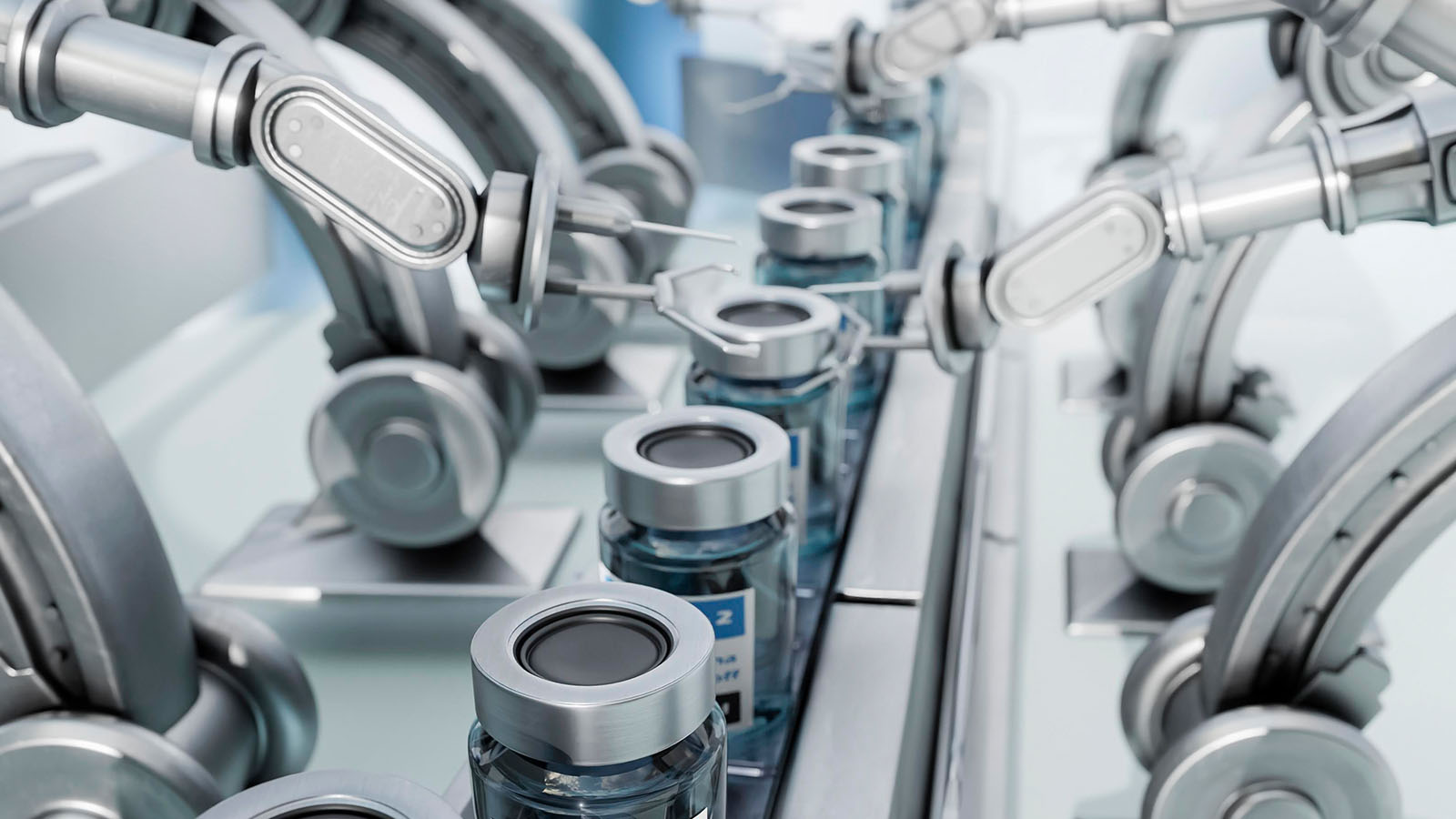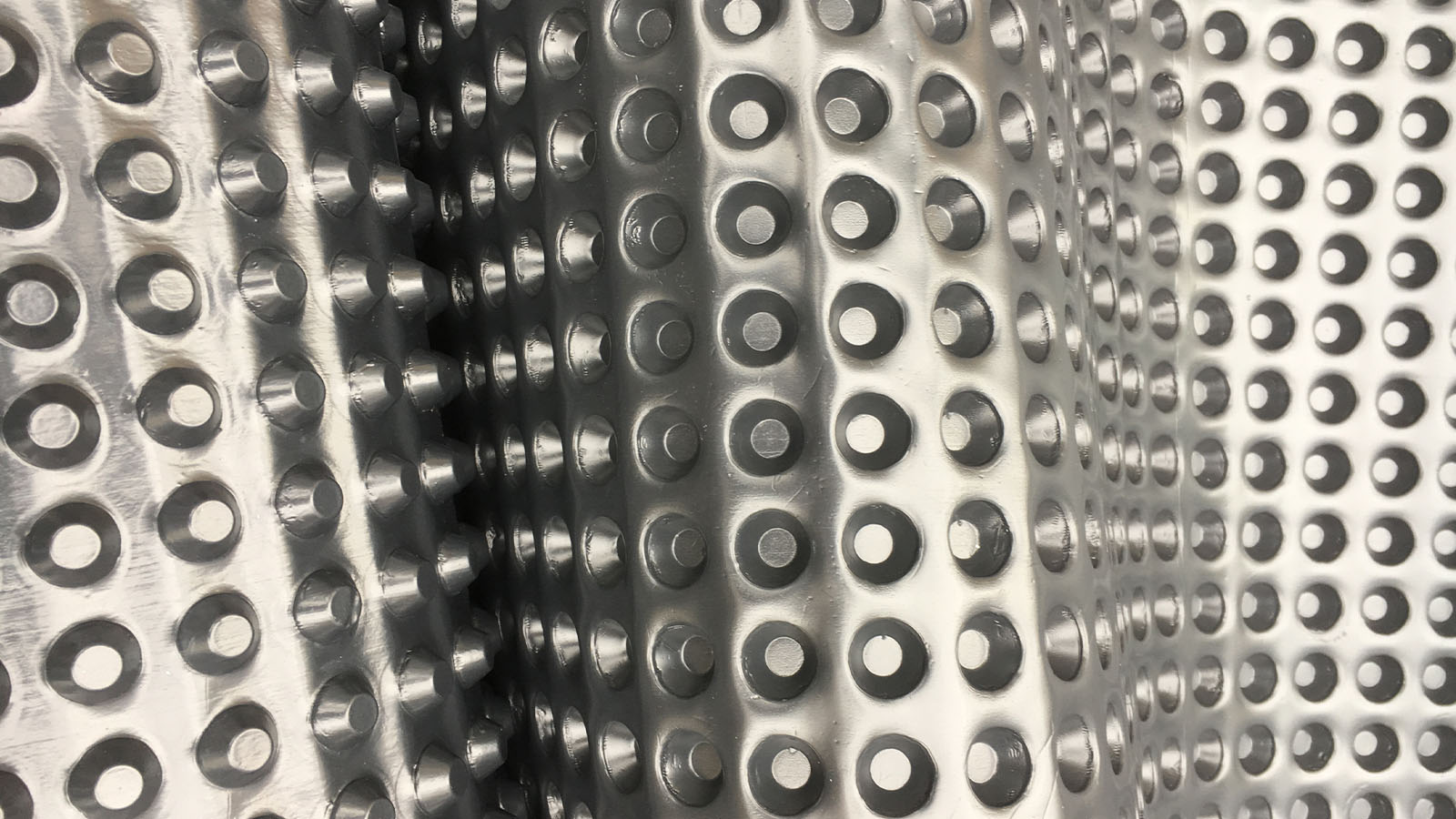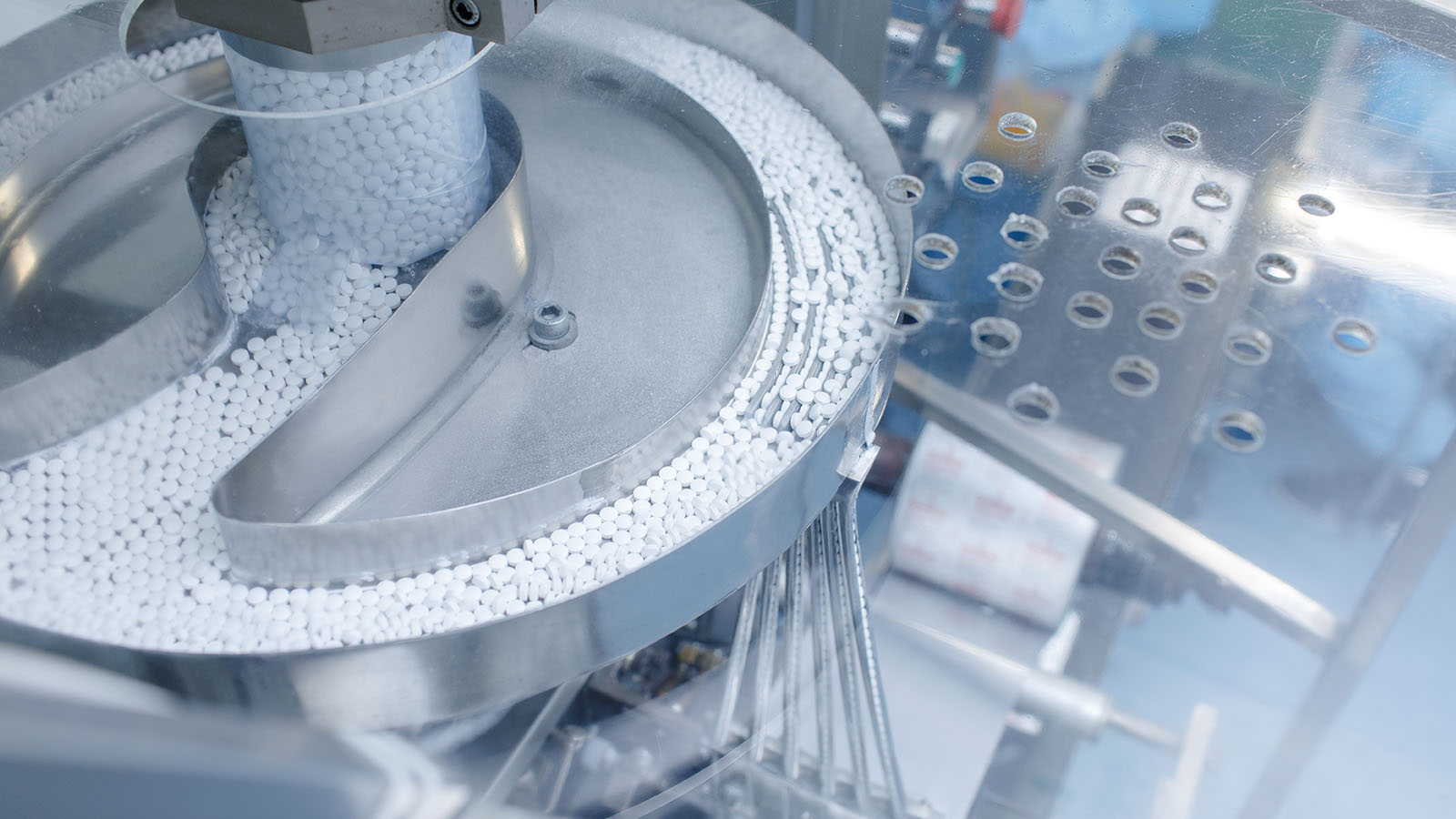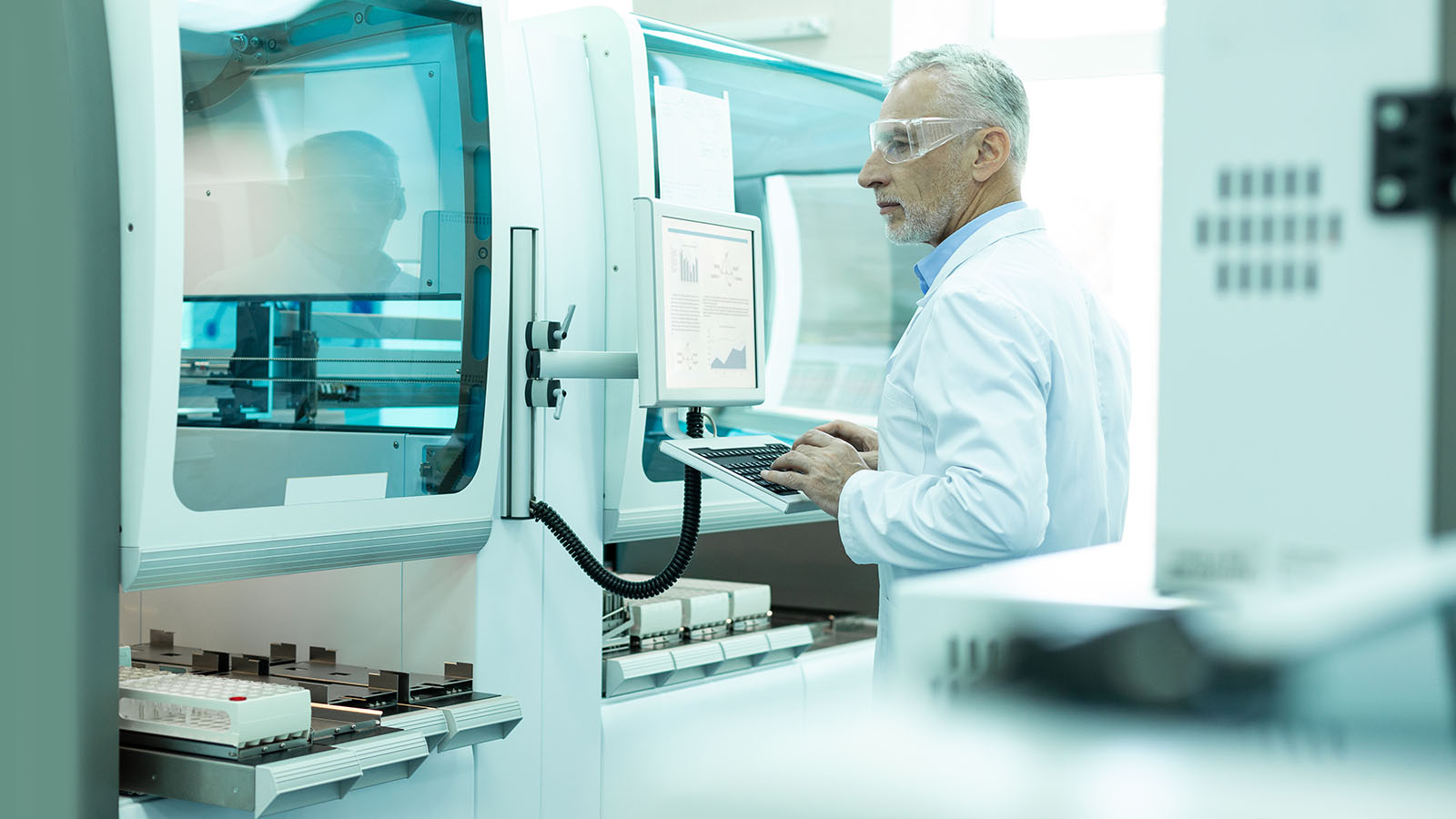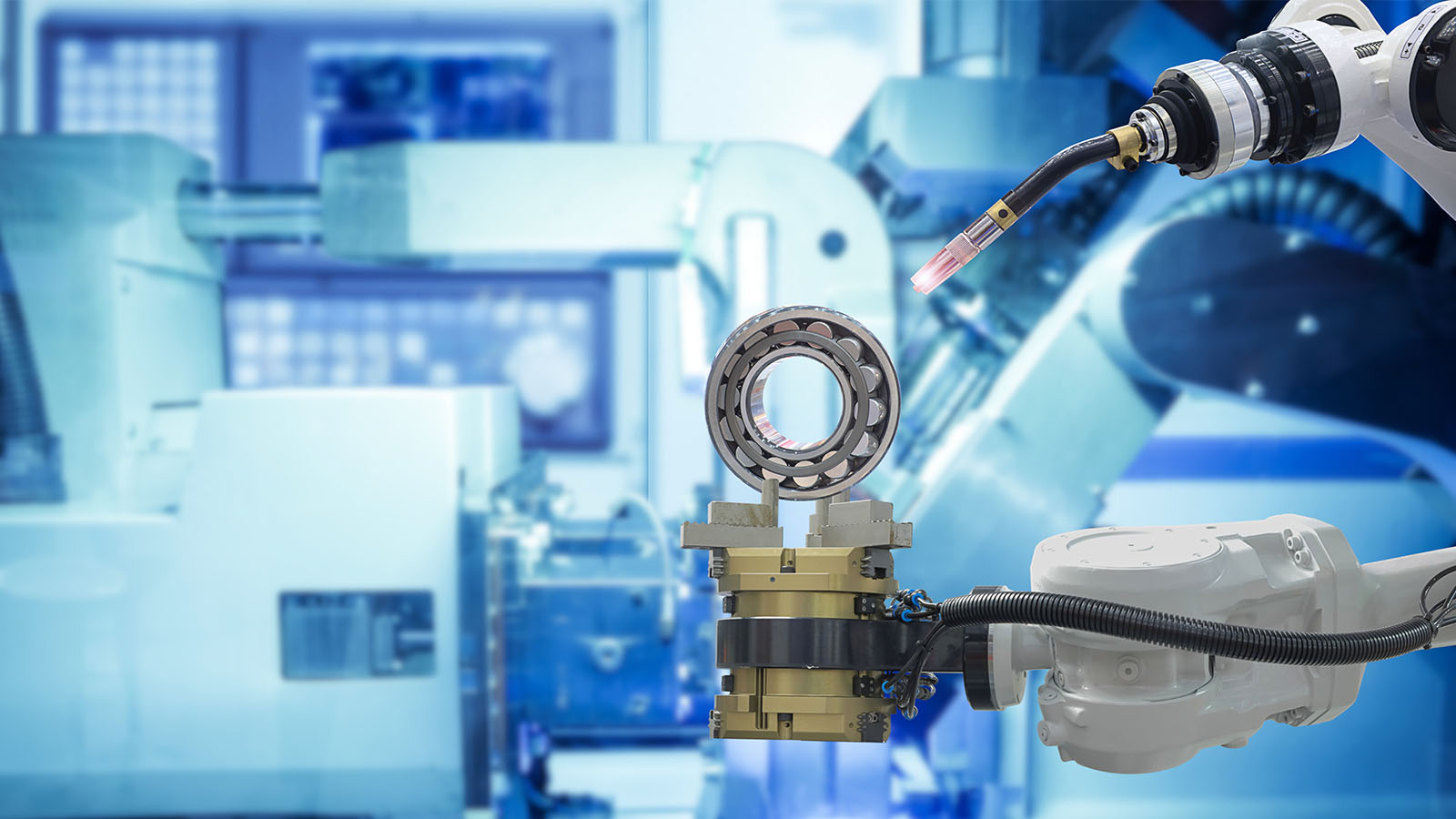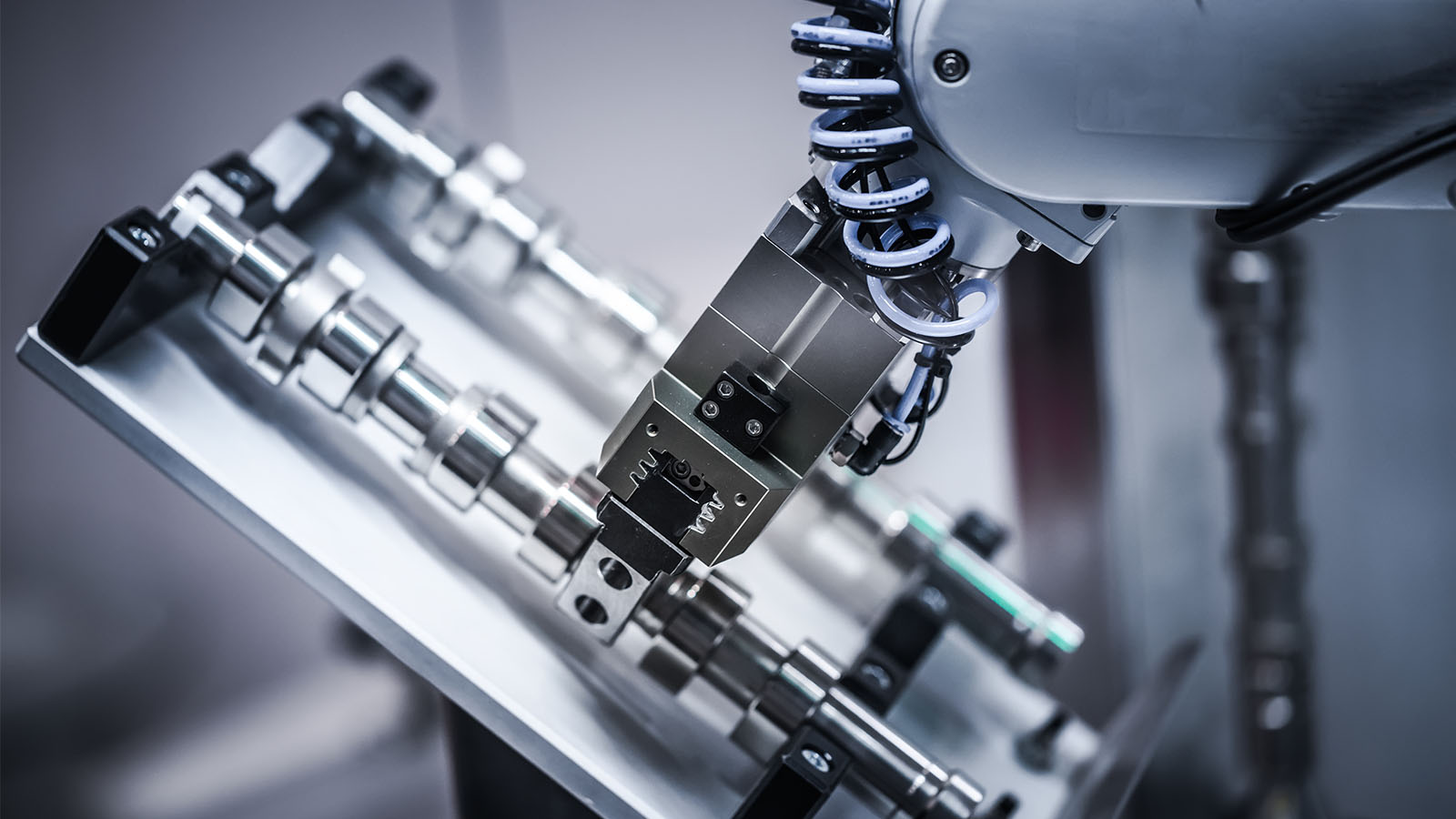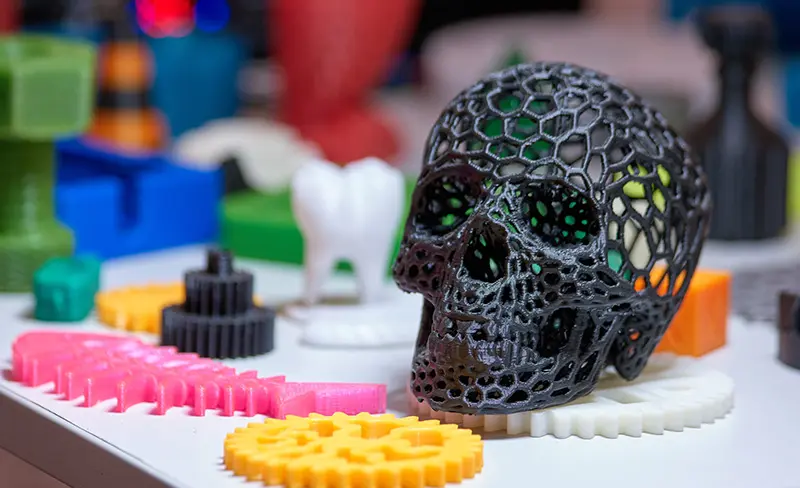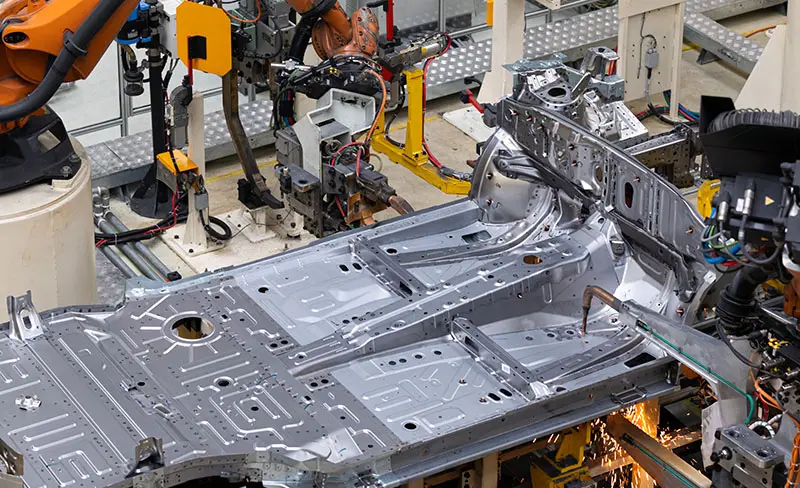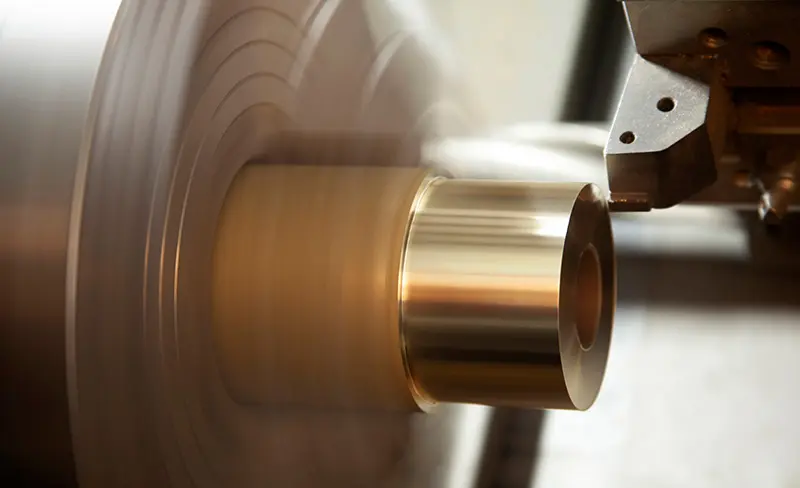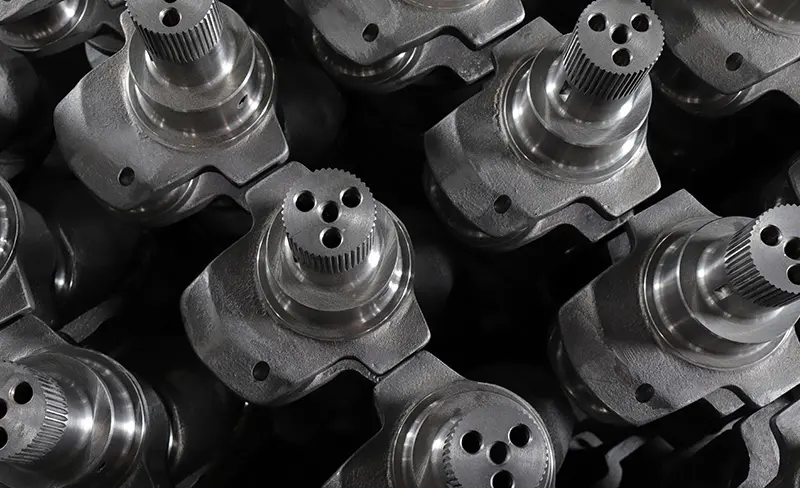The Impact of CNC Machining on Medical Sector Manufacturing
- Release Date: April 13, 2024
Using CNC machining in the medical world has totally changed how we make medical gadgets and gear. Whether it’s detailed surgical tools or custom-made prosthetics and implants, CNC machining has pushed the medical sector to new heights of creativity and patient care. Its knack for producing intricate designs with spot-on precision and consistency makes sure medical devices hit the tough standards needed for patient safety and effective treatments. Before diving into why CNC machining is a go-to for medical manufacturing, it’s key to get a grip on the specific challenges and needs of the medical field. These include the demand for accuracy, dependability, quick prototyping, and following strict regulatory guidelines.
Why is CNC machining well-suited for the medical industry and its applications?
The Precision Imperative in Medical Manufacturing
When it comes to the manufacturing of medical devices, the precision of CNC machining can’t be overstated. CNC machining in medical device production is all about nailing that extreme level of accuracy and detail. Seriously, the impact of CNC machining in the medical sector is huge. Think about all the medical devices and equipment out there! Everything from surgical tools to diagnostic machines benefits from the rigorous machining process. The applications of CNC machining in manufacturing these critical devices are limitless.
CNC machining plays a crucial role in the production of medical devices. This computer-aided manufacturing technology is used in a multitude of medical applications, ensuring the highest standards of precision and reliability. Specifically, medical machining helps fabricate intricate components for medical tools and equipment. The capabilities of CNC machining are unmatched, making it ideal for complex, high-precision parts essential in healthcare.
Whether it’s creating custom implants or specialized instruments, CNC machining ensures exceptional quality and consistency. This level of detail in the manufacturing process has opened new horizons for medical applications. Thanks to the applications of CNC machining, both the safety and efficacy of medical equipment have dramatically improved. In essence, machining in the medical sector through CNC machining is revolutionizing how we approach healthcare tools, making treatments more effective and reliable.
CNC machining’s ability to produce parts with exceptional precision is critical in the medical industry. This precision ensures that medical devices function reliably in life-saving applications, where even minor inaccuracies can have serious consequences. Dr. Sarah Simmons highlights the zero margin for error in device manufacturing, noting CNC’s role in meeting these stringent requirements.
Speed and Flexibility for Rapid Development
CNC machining facilitates quick turnarounds from design to production, which is crucial for rapid prototyping and getting products to market faster. This speed, combined with the flexibility to use various materials, supports the industry’s need for constant innovation.
Ever wondered how CNC machining plays into the speedy development of medical equipment? Well, this marvel of modern technology has a big hand in it. The applications of CNC in the manufacturing process are nearly endless, but its use in the medical sectors is particularly impactful.
For one, CNC machining ensures precise and reliable results, which is crucial for medical devices and equipment where there’s no room for error. It’s the bee’s knees for creating high-quality, safe products. The machining process guarantees repeatability and accuracy, which is a game-changer for medical applications.
Moreover, the rapid pace of technology means newer, better medical equipment is always in demand. CNC machining ensures that updates can happen swiftly. The impact of CNC machining in the medical sector is pretty massive, involving precision-crafted gear ready to roll out faster than ever. Talk about speed and flexibility, right?
So yeah, hats off to the applications of CNC machining for making a real difference in how quickly and effectively medical devices and equipment hit the market. What’s not to love about a process that cuts down lead times and boosts quality? It’s like giving the medical sector a turbo boost!
Customization for Patient-Specific Solutions
When it comes to medical equipment, getting the perfect fit is crucial. That’s where applications of CNC machining come in handy. It’s pretty cool how this tech can whip up customized implants and surgical guides that are tailor-made for patients. This means happier, healthier outcomes for everyone. The impact of CNC machining on Patient-Specific Solutions is huge, revolutionizing how medical devices and equipment are created.
With machining in the medical sector, we are witnessing rapid advancements in medical applications. Customized solutions lead to better surgical precision and faster recovery times. All in all, the future of medical applications is looking pretty bright with CNC machining leading the charge.
With advancements in digital imaging and 3D modeling, customized implants and surgical guides can be produced using CNC machining, offering tailored healthcare solutions that significantly improve patient outcomes.
Materials for Medical CNC Machining
Titanium: The Gold Standard for Implants
When it comes to materials for medical CNC machining, there are some really cool options out there. Titanium is a top pick because it’s super strong and lightweight, making it ideal for implants and prosthetics.
Stainless Steel and Aluminum: Versatility in Use
Next up, we have stainless Steel, which is known for its durability and resistance to corrosion, perfect for surgical instruments and devices. Aluminum comes into play for components that need to be both strong and light, plus it’s pretty easy to machine.
Advanced Plastics: PEEK and PTFE
Let’s not forget about advanced plastics like PEEK and PTFE. They’re awesome for medical applications because they’re biocompatible and can withstand high temperatures and sterilization processes.
Examine the rising importance of PEEK and PTFE in medical devices, particularly for their biocompatibility and resistance to sterilization processes. Highlight specific use cases, such as in surgical instruments and disposable medical components.
Considerations When Choosing Materials for Medical CNC Machining
Biocompatibility and Patient Safety
When picking out materials for medical CNC machining, we have to ensure patient safety and keep material biocompatibility in mind. we don’t want any issues down the line! It’s super important to go through all those testing processes to make sure the material won’t mess with the patient’s body. Just think about the end game—safe and effective medical devices.
By sticking to these guidelines, it’s not only protecting patients but also adding real value to our work. Simple steps, but they make a huge difference! involved to ensure patient safety.
Sterilization Compatibility
We must consider sterilization compatibility when we get into the nitty-gritty of material selection in the medical design phase. This step is critical to ensuring the durability and safety of medical devices. Some materials simply do not respond well to certain sterilization methods, resulting in poor performance or even failure. Choosing the right material from the start can save a lot of headaches in the long run.
Regulatory Compliance and Material Traceability
When selecting materials for medical CNC machining, it is crucial to consider the complex regulatory landscape. The process of material selection in medical device manufacturing requires stringent adherence to statutory guidelines to meet FDA and EMA standards. A critical aspect is the significance of material traceability, which aids in maintaining accountability throughout the production chain. This focus on regulatory compliance ensures the longevity and safety of medical devices.
Tips for Designing CNC Machined Medical Parts
Simplifying Designs for Efficiency
in order to maximize efficiency, designs for medical parts that are CNC machined must be made simpler while maintaining accuracy and functionality. Simplifying these designs reduces errors, maximizes material use, and speeds up machining. Designers can improve the overall quality and dependability of the medical components by concentrating on key features. Using sophisticated software also makes it possible to simulate and adjust situations more accurately, guaranteeing that the components adhere to strict medical standards. As a consequence, this strategy improves patient outcomes while remaining cost-effective.
Leveraging Simulation for Design Optimization
Production risks are significantly decreased when CNC machined medical parts are designed with simulation in mind. For example, engineers can anticipate stress points and possible failures prior to manufacturing by using finite element analysis (FEA). Moreover, Computational Fluid Dynamics (CFD) aids in the superior performance and dependability of medical devices by optimizing fluid flow paths. These simulations expedite the design process and avert costly errors.
Designing for Manufacturability and Assembly
To guarantee accuracy and functionality, give tolerances top priority when designing CNC-machined medical parts. To save costs and adhere to medical standards, use standard materials. Aim for simple part geometry by omitting intricate contours. Simplify assembly features, such as interfaces and slots, to cut down on mistakes and production time.
Examples of CNC Machined Medical Products
Surgical Instruments and Tools
Instances of CNC-fabricated surgical instruments encompass precisely-engineered scalpels, forceps, and clamps. The application of CNC machining guarantees the production of consistently accurate and dependable instruments, vital for surgical operations. The precision afforded by CNC processes facilitates the construction of complex designs, such as microneedles and endoscopic tools, indispensable for sophisticated medical treatments.
Orthopedic Implants and Prosthetics
CNC-machined items in the field of orthopedic implants and prosthetics include components for joint replacements like hips and knees. These components necessitate precise engineering to ensure proper fit and durability. Furthermore, CNC machining is used to manufacture spinal implants and detailed surgical instruments that aid in medical procedures. CNC technology’s precision is critical in the creation of these devices, which significantly improve people’s lives.
Diagnostic Equipment Components
Cases for imaging devices and centrifuge rotors are two components of diagnostic equipment that use CNC machined medical products.
Endoscopes and other optical instruments rely on CNC machining for their high-precision lenses. Furthermore, in order to meet the rigorous medical standards, CNC machining is frequently used to produce sensors and electrodes for monitoring equipment.
How to Choose a Manufacturer for Machined Medical Parts?
Certifications and Standards Compliance
When we’re on the hunt for a manufacturer for those tricky machined medical parts, don’t skip over their certifications. Seriously, things like ISO 13485 and FDA compliance are non-negotiable. These standards ensure quality and safety. Plus, it means they know their stuff. So, double-check those credentials before diving in!
Experience with Medical-Grade Materials
Picking a manufacturer for machined medical parts was a wild ride. We gotta find someone who knows their medical-grade materials inside out.
The expertise in ensuring those parts aren’t just accurate but also safe is crucial.
Quality Assurance Processes
Selecting a company to produce machined medical components from requires meticulous attention to Quality Assurance (QA) procedures.
Check their inspection standards and performance history to be sure. Make sure you inquire about their certifications and any problems they may have encountered in the past.If the manufacturer is trustworthy, they will be open and honest with you about everything.
NOWfab: Revolutionizing Medical Device Manufacturing
Merging Technology with Precision
Our approach to integrating advanced technologies, such as AI and robotics, with traditional CNC machining aims to significantly enhance precision and efficiency in medical device manufacturing. By leveraging AI-driven analytics, we optimize machining processes and reduce human error. Furthermore, robotics ensures consistent and repeatable operations, critical in producing high-quality medical devices with stringent compliance standards.
Commitment to Innovation and Quality
Our unwavering dedication to innovation and quality in medical device manufacturing is at the heart of our mission. We consistently integrate advanced technologies and rigorous safety standards to ensure the highest level of precision. Trustworthiness and excellence define our approach, underscoring our commitment to enhancing patient care and improving health outcomes globally.
Partnering with the Medical Community
By partnering with the medical community, we are committed to revolutionizing medical device manufacturing. This collaboration aims to integrate cutting-edge technologies and leverage clinical expertise, ensuring that medical devices meet the highest standards of safety and effectiveness.
Our joint efforts focus on innovative solutions that address unmet clinical needs, ultimately enhancing patient care and outcomes.
Conclusion
The Future of Medical Manufacturing with CNC Machining
The future of medical manufacturing is set to be revolutionized by CNC machining. This technology promises enhanced precision and reliability, ensuring the production of advanced medical devices. Moreover, CNC machining optimizes the efficiency of mass production, significantly reducing human error. The medical field will undoubtedly benefit from these advancements, leading to improved patient care and outcomes.
The future of medical manufacturing is significantly intertwined with the advancements in CNC machining. Harnessing the precision of Computer Numerical Control technology, medical manufacturers can produce highly accurate and intricate components tailor-made for individual patients. This capability is crucial in the fabrication of prosthetics, surgical instruments, and intricate components for medical devices. CNC machining offers unparalleled repeatability, ensuring consistency across mass-produced devices. Integrating this technology with new materials like biocompatible polymers and metals, medical manufacturing can achieve standards previously deemed impossible. As health demands increase and personalized medicine rises, CNC machining will become indispensable in creating bespoke solutions that not only improve patient outcomes but also optimize healthcare delivery.
The Importance of Choosing the Right Manufacturing Partner
Choosing the right manufacturing partner is crucial to the success of any business venture. A reliable partner ensures not only high-quality production but also adherence to timelines and regulatory standards. Any lapse in these areas can lead to cost overruns, delayed product launches, and even potential legal issues. Moreover, a good partner brings valuable expertise in manufacturing processes, helping to optimize costs and improve efficiencies. Investing time in finding the best fit can significantly enhance long-term business success.
FAQ
1. What are the latest advancements in CNC machining for the medical industry?
Recent advancements in CNC machining for the medical industry include the integration of computer-aided manufacturing software, 5-axis CNC machines, and the use of advanced materials like biocompatible alloys and plastics. These innovations ensure greater precision, reduced production times, and improved quality in medical device manufacturing.
2. How does CNC machining ensure precision in the medical industry?
CNC machining ensures high precision through computer-controlled processes that can maintain tolerances within microns. This is crucial for making detailed and exact parts necessary in the medical field, such as prosthetics, implants, and surgical instruments. The machining process is monitored in real-time, reducing errors and ensuring consistent quality.
3. What are the primary applications of CNC machining in the medical industry?
The main applications of CNC machining in the medical industry include the production of surgical tools, implants, prosthetics, and components for diagnostic machinery. CNC machining in the medical sector also supports the development of customized devices tailored to individual patient needs.
4. What role does CNC machining play in custom medical device manufacturing?
CNC machining plays a pivotal role in custom medical device manufacturing by enabling the creation of bespoke devices that meet the specific anatomical needs of patients. The flexibility and precision of CNC machines make it possible to quickly prototype and produce custom parts, facilitating personalized patient care.
References
1. “A History of Medical Device Regulation & Oversight in the United States”. U.S. Food & Drug Administration. 2018-11-03. Retrieved 16 March 2019.
2. Narayan, K. Lalit (2008). Computer Aided Design and Manufacturing. New Delhi: Prentice Hall of India. ISBN 978-8120333420.
3. “Orthopaedics”. OrthoInfo. American Academy of Orthopedic Surgeons (AAOS).
4.“Orthopedic Surgeons: Seven Things You Need to Know”. Penn Musculoskeletal and Rheumatology Blog. Philadelphia, PA: The Trustees of the University of Pennsylvania. 4 December 2019. Retrieved 2022-02-26.
5.“Your Surgeon is certified by The American Board of Orthopaedic Surgery”. American Board of Orthopedic Surgery. Archived from the original on 2007-06-12. Retrieved 26 October 2008.
Try NOWfab Now!
All information and uploads are secure and confidential.
Latest Blog Posts
Stay at the forefront of industry innovation by reading our latest blog post.
